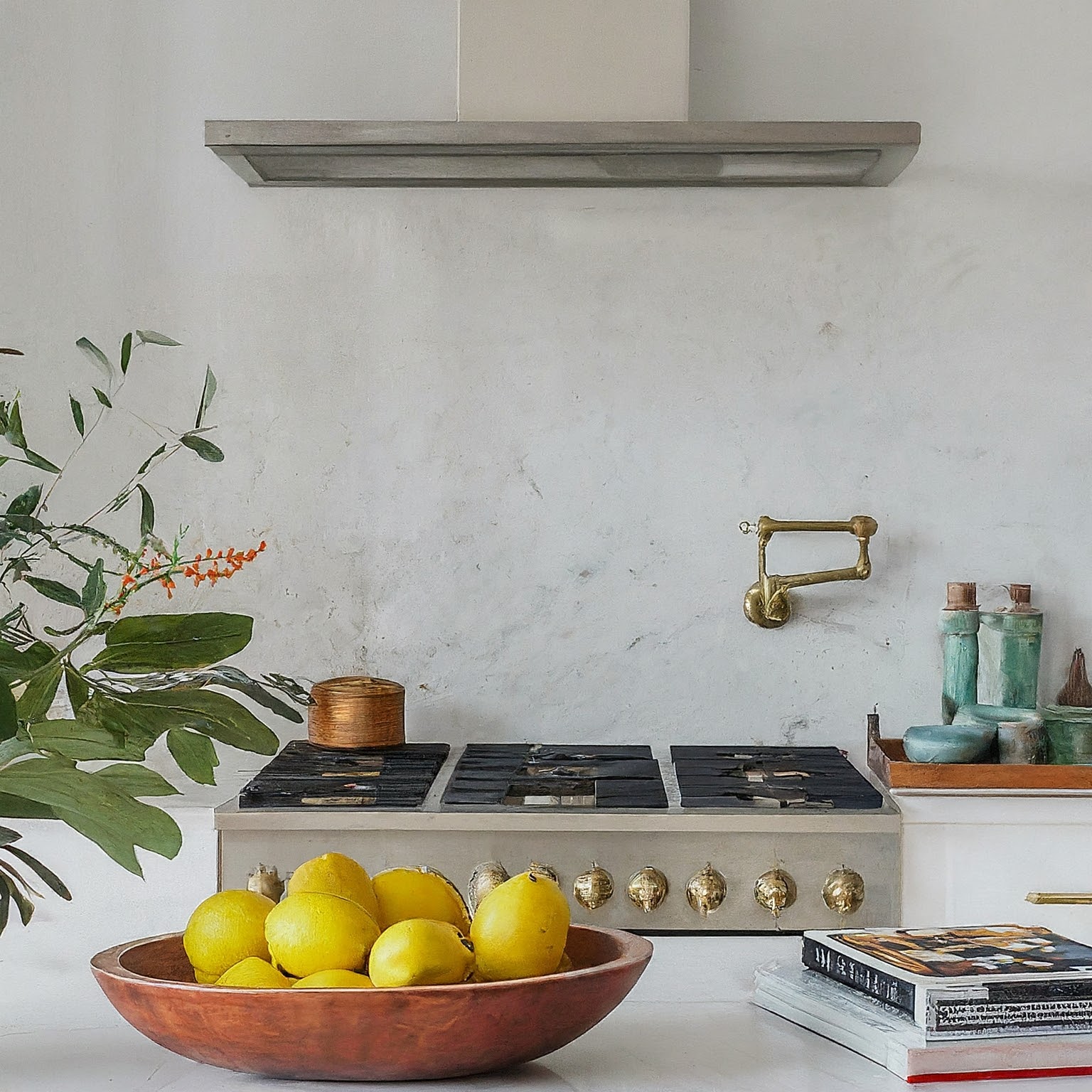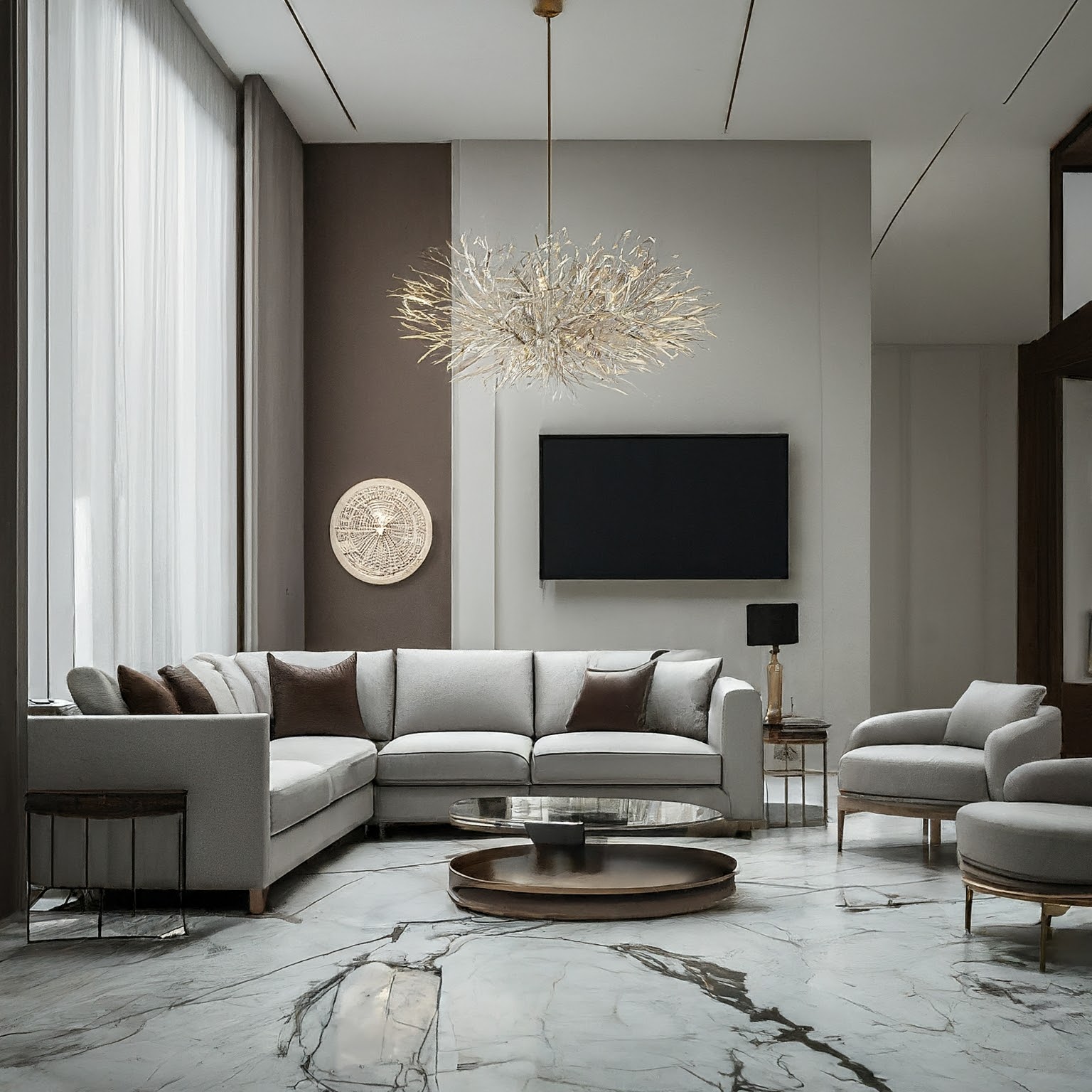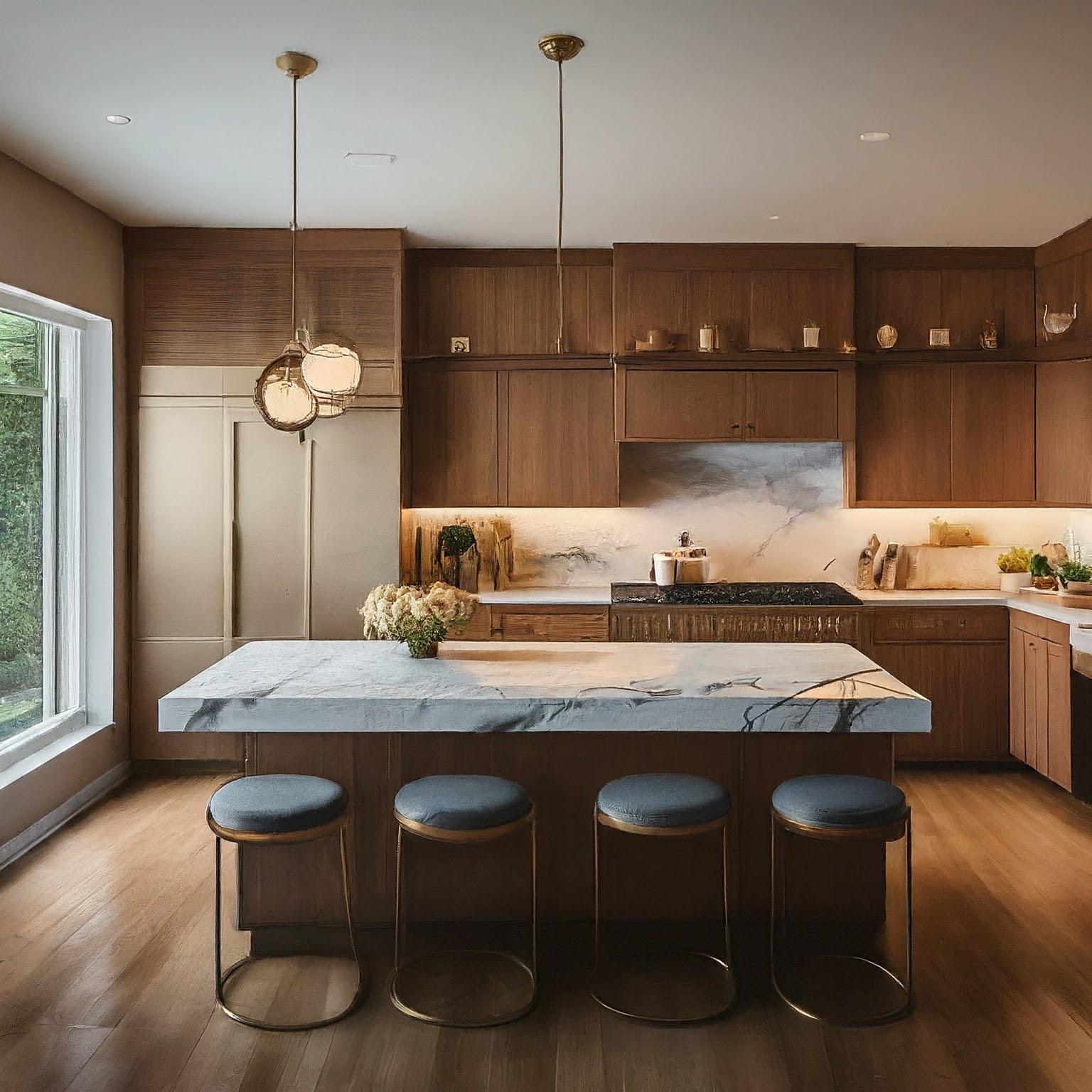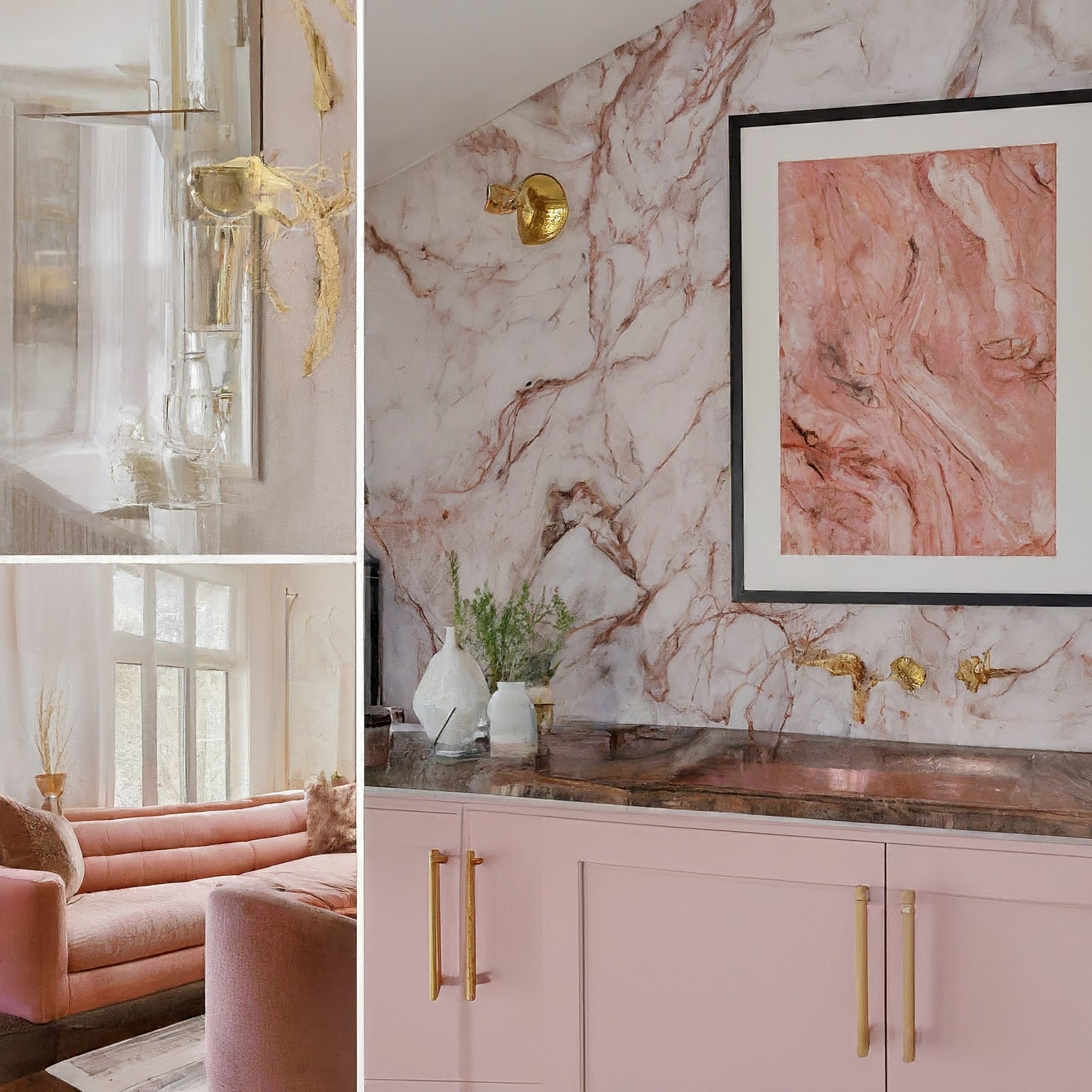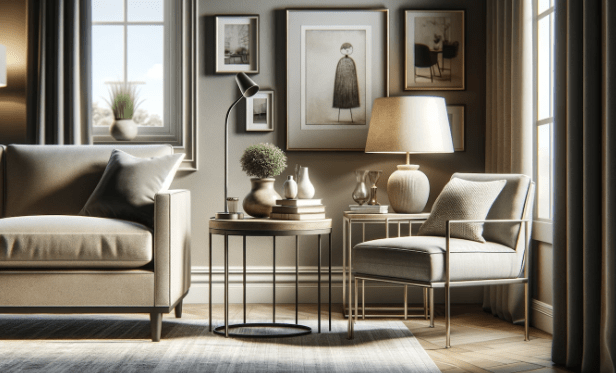Fireplace Mantel Decor: Understanding the Heart of Your Space
The mantel above your fireplace is more than just a functional shelf. It’s a canvas waiting for you to incorporate stylish additions that represent your personality and preferences.
In many homes, fireplace mantel decor focuses on items like family heirlooms, cherished and sentimental ornaments and sometimes even artwork. Nowadays, it’s becoming more and more popular to utilise the potential of mantel decor to incorporate some interior design and fashion styling to take the ambiance of your room up a notch.
If you’re struggling to use your mantel to its utmost potential, we’re here to help you understand the basics of all things mantel decoration.
The Basics of Mantel Decor
Before he dive into some specific ideas to help inspire you, let’s set down a few guiding rules when approaching this versatile yet unique space of the home.
1. Symmetry and Balance
Visual harmony on your mantel can help set the tone for the rest of the room. Place larger items on either side of the mantel and transition aesthetically towards the middle with smaller pieces, objects or artwork. This helps to achieve a strong, calming balance.
2. Height Variation
Bearing in mind Rule #1, height variation adds both depth and dimension to your mantel display. Without becoming too noticeable, varying the heights of your decor helps to add a little extra visual interest with no extra effort.
3. Focal Point
Choose one central piece that anchors your mantel decor arrangement. This can be a mirror, a uniquely shaped ornament, or event statement artwork. This not only provides a focal point for guests and visitors but helps to give a bit of weight and order to the space.
4. Colour Coordination
Keep your decor consistent with the rest of the room. This doesn’t mean you have to stick with one monochromatic colour, but ensure that any colour you choose complements your room’s aesthetic and offers cohesive visual harmony.
5. Texture and Materials
Don’t be afraid to mix and match different textures or materials. The level of tactile interest will make the overall visual impression that much more engaging and impressive.
6. Personal Touch
Last but not least is your own personal touch. Why not add something of sentimental value to your mantel piece? Or something that reflects who you are and what you’re interested in? Not only does it put a unique stamp on the arrangement but it also provides an excellent talking point for guests and visitors.
8 Mantel Decor Ideas for Every Space
1. Timeless and Elegant Pieces
Whether you’re working on a kitchen mantel decor or a fireplace in the lounge, a classic decorative piece, such as a large, ornate mirror, a vase or candle holders, never goes awry.
Balancing a timeless quality that won’t be outdated in a mere few years and a sophisticated elegance that will elevate any space ensures these more conventional items can work in any situation.
2. Lean in to Nature
Natural elements are wonderful at bringing an indoor space to life. Whether you opt for potted plants, dried flowers or even driftwood, a touch of the outdoors adds visual and tactile depth to your mantel decor without becoming overwhelming or looking out of place.
It’s also easy to spruce and change up your decor as your preferences or trending styles change.
3. Keep it Minimalist
Minimalist designs prioritise clean, sleek lines, minimal decorations and neutral colour tones. By embracing simplicity on your mantel place, you’ll be allowing the negative space to work its magic.
But that doesn’t mean you can’t hero a single oversized piece of art or a statement sculpture. Often, a single piece of carefully chosen decor can seem even more impressive when not surrounded by other items.
4. Vintage and Personal Ornaments
As we mentioned before, your fireplace mantel decor offers a ton of opportunity for you to incorporate a bit of personality. Whether you’re a fan and collector of antique books, love delicate porcelain figurines or even have a sentimental old-fashioned grandfather clock, the mantel is a fantastic place to show them off.
It can be helpful to consider the style of the rest of your fireplace, however, as you don’t want the vintage piece to stand out in contrast in all the wrong ways.
5. Go Warm and Rustic
Fireplaces are naturally cosy and warm places, so a decor that’s focused on warm and rustic visuals always looks great. Everything from reclaimed wood frames to burlap-wrapped vases can help to elevate the rustic vibe of your interior design in a thoughtful, considered and visually stunning way.
6. Global Artifacts
Your mantel is a great canvas for showcasing items representative of different places, cultures and styles. You might have a sentimental Moroccan lantern or a traditional piece of ceramic from Asia – use your mantel to show these off in an understated way.
Fireplace mantels are like mini stages offering you plenty of space to add something a little different to the room.
7. Quirky Personal Objects
If you’re not much of a collector of global artifacts but really want to use something deeply personal, why not showcase an item or two that reflects your whimsy, quirky side. Perhaps there’s an abstract sculpture you just love or some colourful glass bottles that come with an interesting or funny personal anecdote.
As long as your quirky decor fits the tone of the rest of the home and doesn’t look oddly out of place, it’s a great way to incorporate your own personality in a lively way.
8. Family Treasures
Your mantel decor can also be reserved for your most precious treasures as well. Family heirlooms, photos or other pieces of your history can hold a special place in your heart and deserve an equally special place in your home.
Placing a family treasure on the fireplace mantel will not only ensure it’s a central aesthetic piece but can also bring you and your family a lot of joy with it serving as a constant, emotional reminder of your history and connection to your past.



